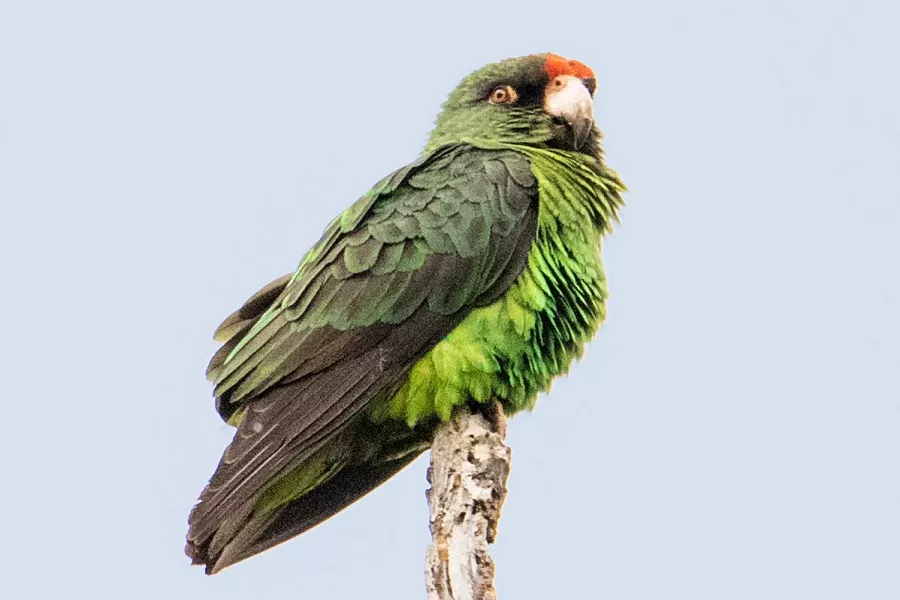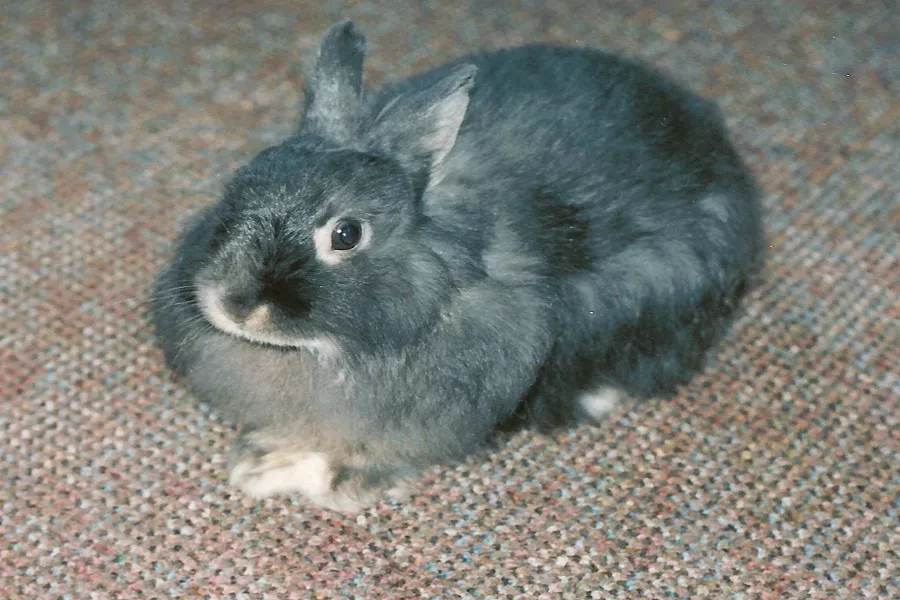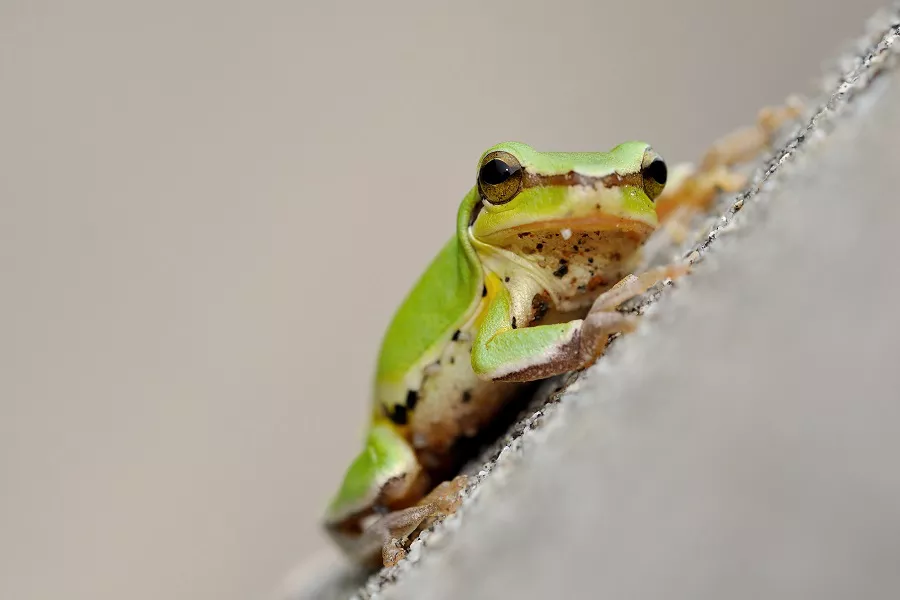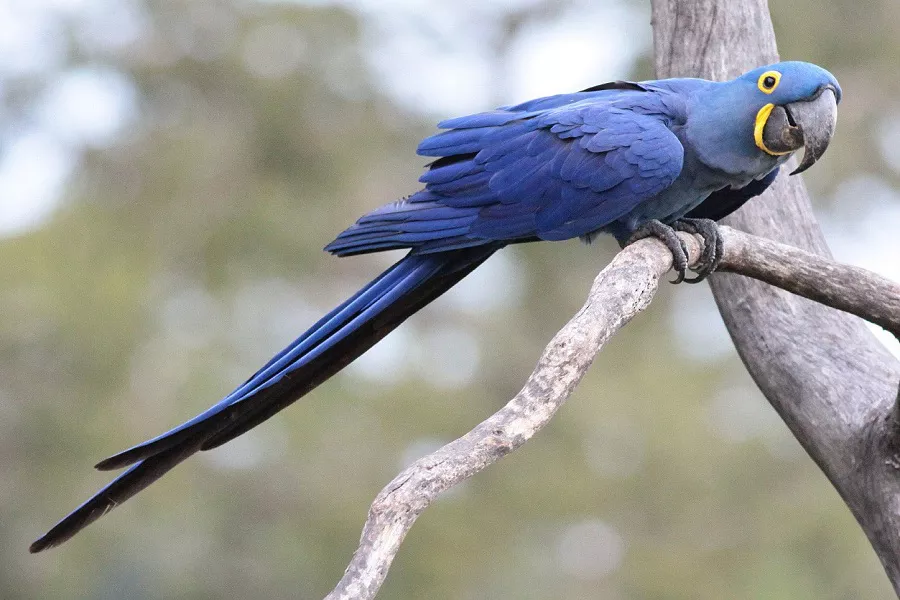What is red fronted parrot?
The red fronted parrot (scientific name: Poicephalus gulielmi) is the second largest species of parrots in the genus Poicephalus after the cape parrot, and there are 3 subspecies. The beak is strong and powerful, the beak is hooked, the upper jaw has movable joints, and the base of the beak has a wax membrane. Muscular tongue thick. The feet are short, strong, and flat-toed, with two toes forward and two backwards, suitable for grasping and climbing life. The feathers are mainly green, and the forehead, the curved part of the wings on the top of the head, and the thighs are orange-red. The distribution of orange-red on the head varies from bird to bird. Some birds extend over a large area, and some birds have no orange at all. Late bloomers. The distribution is scattered and not concentrated, mainly in central Africa and parts of West Africa.
What does red fronted parrot look like?
The Jardin’s parrot is 26-30 cm long and weighs 200-300 grams. The body of this parrot is green, and the forehead, the curved part of the wings on the top of the head, and the thighs are all orange-red. The distribution of orange-red on the head varies from bird to bird. Some birds will extend a large area, and some birds have no orange at all. Black between beak and eyes, with black on sides of head; back and wing feathers brownish-black, each feathered with a narrow green piping, yellow-green behind back; belly sometimes bluish; wings The inner coverts are black with a broad green piping, and the tail is black-brown; the base of the upper beak is grey-white with black on the rest of the upper beak and lower beak; the iris is dark grey. Females have a brighter body color and a brown iris.
red fronted parrot living habits
Jardin’s parrots usually live on the top of trees when they perch or forage for food. Outside the breeding season, about 10 more live together. When food is sufficient or when they perch on trees, they gather in larger numbers. The population in Kenya flies every day. Looking for food for a long distance of 60 kilometers, the food of the Jardin’s parrot includes various seeds, fruits, flowers, insects, olive bars, palm drupes, etc., and will swarm with local non-parrot birds.
red fronted parrot rearing
1. Although parrots are good at learning human languages, not all parrots can speak.
2. Most parrots are mild-mannered and approachable; this is not absolute. Each little cute has a different personality, and the closeness to people will also vary depending on the “bird”. You must know that not all parrots will have relatives when they grow up.
3. A parrot’s barking is proportional to its body size. For example, a medium-sized parrot’s barking can reach the level of a dog‘s barking. Of course, this problem can be solved through later training;
4. Parrots are curious babies, they will bite anything they see, and their biting power should not be underestimated;
5. Under normal feeding conditions, parrots may defecate at any time and anywhere, no matter where they are; however, their feces have no odor.
6. The above is the habit of parrots that novice owners tend to ignore. It is recommended that novice owners consider the above issues carefully before deciding whether to keep them.


























